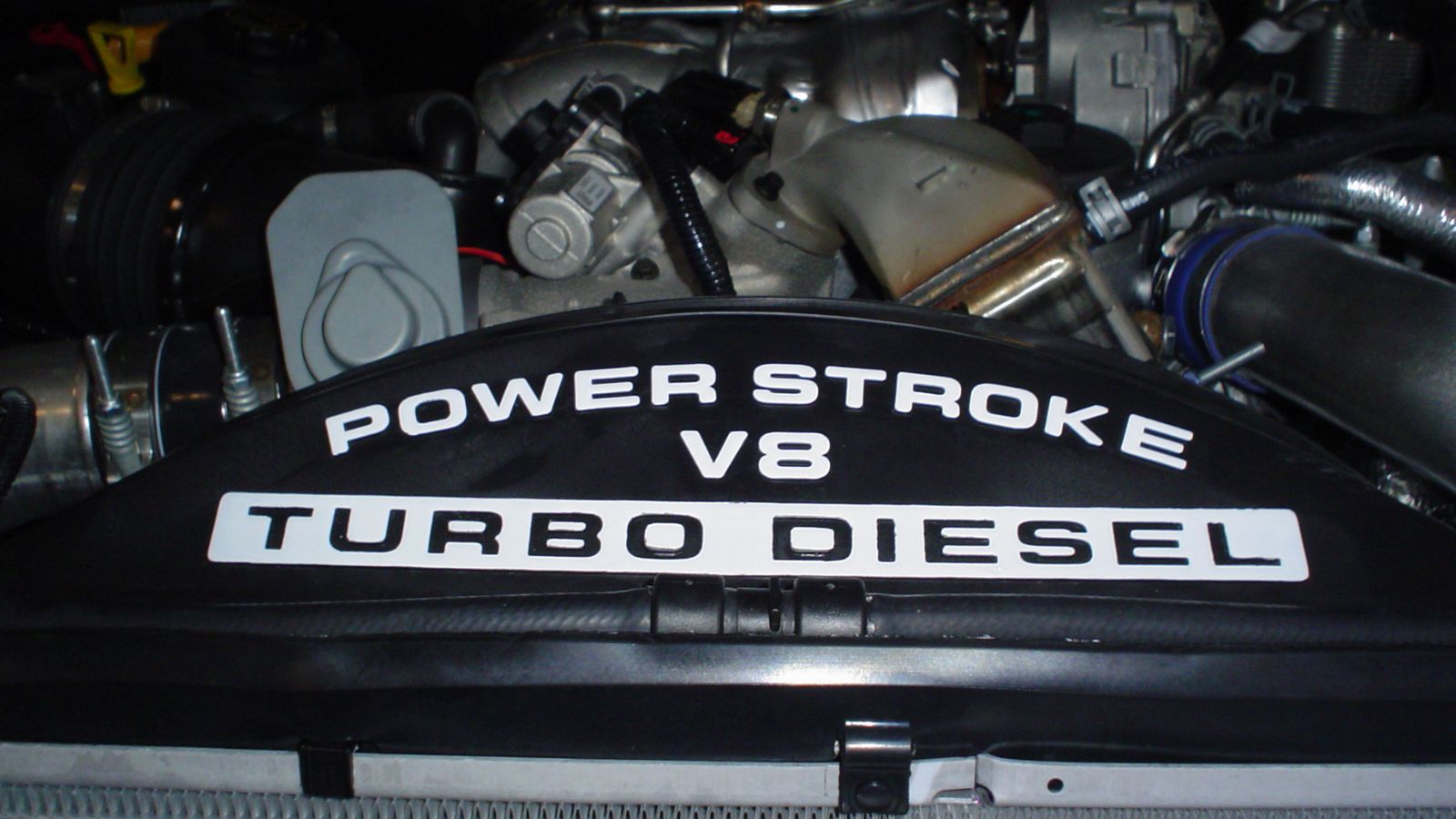The 7.3 Powerstroke is a beast of a diesel engine and it is one of the most beloved diesel pickup engines ever. This engine can be found in the Ford Super Duty trucks manufactured from 1994 to 2004. The decade-long time interval that this engine was made shows how good it was. That being said, there are some 7.3 Powerstroke problems you need to account for.
These include but aren’t limited to the camshaft sensor going bad, several different types of leakages, bad valve springs, EBPV problems, a host of IPR issues, and some fuel injection problems.
Let’s discuss these problems in some more depth below:
Table of contents
7.3 Powerstroke Problems
The following are most commonly reported 7.3 Powerstroke issues:
Camshaft Position Sensor (CPS) Failure
This problem is so common that Diesel IQ recommends you keep a spare CMP in your glovebox. Basically, the camshaft sensor can go bad and this has several adverse effects on your engine. A major one is that you’ll have starting problems; your truck may not start at all.
Leakages
There are two main types of leakages to be discussed in the 7.3 Powerstroke.
The first one is when the fuel filter housing leaks. Mostly, it is the plastic fuel cap that tends to crack as a result of the extreme conditions in the engine. However, the aluminum body can also leak out. The result is that you start losing performance and the engine cranks up slowly.
The pipe connecting the turbo to the exhaust manifold (turbo up-pipe) can also leak out. Basically, the gaskets can wear out due to the pipe continuously changing its cross-sectional area. Hence, you lose performance, get worser emissions, and your exhausts heat up more.
Ruined Valve Springs
This is an issue that can cause even bigger issues. What happens is that the valve springs tend to lose their pressure over time and when the RPMs are high, the engine gets floating valves. Even worse, the springs can break and this can also ruin several other components.
In addition to this, a 7.3 Powerstroke’s pushrods can also fail due to these springs among other culprits. It should be noted that most of the problems in this section happen when you tune your engine to a higher hp but do not upgrade these springs.
Exhaust Back-Pressure Valve (EBPV) Malfunctions
This part can be so problematic that drivers of the 7.3 Powerstroke actually delete it. The EBPV can leak out oil or the actuator controlling it can fail. As a result, the engine takes a very long time to return to its regular operating temperature.
Bad Injection Pressure Regulators (IPRs)
There are a multitude of problems that can happen with the 7.3 Powerstroke’s IPRs. The seals can wear out which can cause leakages. Or, the IPR’s sensor can malfunction, which adversely affects engine performance. Even the wires can become damaged or loose over time.
Injector Driver Module (IDM) Issue
The IDM is a key component in the fuel injection system of the 7.3 Powerstroke. Basically, the injectors need high voltages to work and inject fuel. The battery isn’t able to do this alone, and so the IDM amps up the voltage it gets from the ECM to help the injectors fire.
Under Valve Cover Harness (UVCH) Connectors
You’ve probably never even heard of the UVCH connectors before and to define them loosely, they give the fuel injectors some extra oomph (voltage) in order to fire them, from the aforementioned IDM. The connector wires can get damaged with use.
Is the 7.3 Powerstroke a good engine?
The 7.3 Powerstroke is widely considered to be one of the best diesel engines that Ford has ever made. Of course, it is quite powerful and hence it is able to get a good towing capacity for the truck that it’s in.
However, a major reason why it is so beloved is because it was the last Ford Powerstroke before all those pesky diesel emissions control requirements started being enforced. Therefore, this motor isn’t over-engineered or complicated. Hence, tuning it is easier.
The only thing you should consider today is its emissions which might not do well according to your state laws. You should also be aware that it isn’t the most fuel-efficient engine based on today’s diesel engines.
Is the 7.3 Powerstroke reliable?
It is the most reliable of them all. As mentioned above, this engine didn’t come with several parts that were based on emissions control. One of these is the Diesel Particulate Filter which has caused all sorts of problems for the other Powerstroke engines like the 6.4 Powerstroke.
The issues mentioned in this piece did exist but when you look at the number of these engines on the road today, you’ll realize that the number of complaints is very few. Also, some of these issues result directly from tuning without an upgrade of components.
If you want a 7.3 Powerstroke today, ensure that you get one that has been properly maintained.
How long will a 7.3 Powerstroke last?
Because the engine is so reliable, it can do even a million miles without requiring a major overhaul, as is the case with some lucky owners. That being said, most of these engines can cross 400k miles with ease if you keep them right. Even the more skeptical experts say that the 7.3 Powerstroke is guaranteed to do 350k miles with proper maintenance.

Thomas is a retired motor mechanic, father, and grandfather. He writes from his 20+ years in the automotive industry to help you find and solve anything related to car repairs, maintenance, and care.
